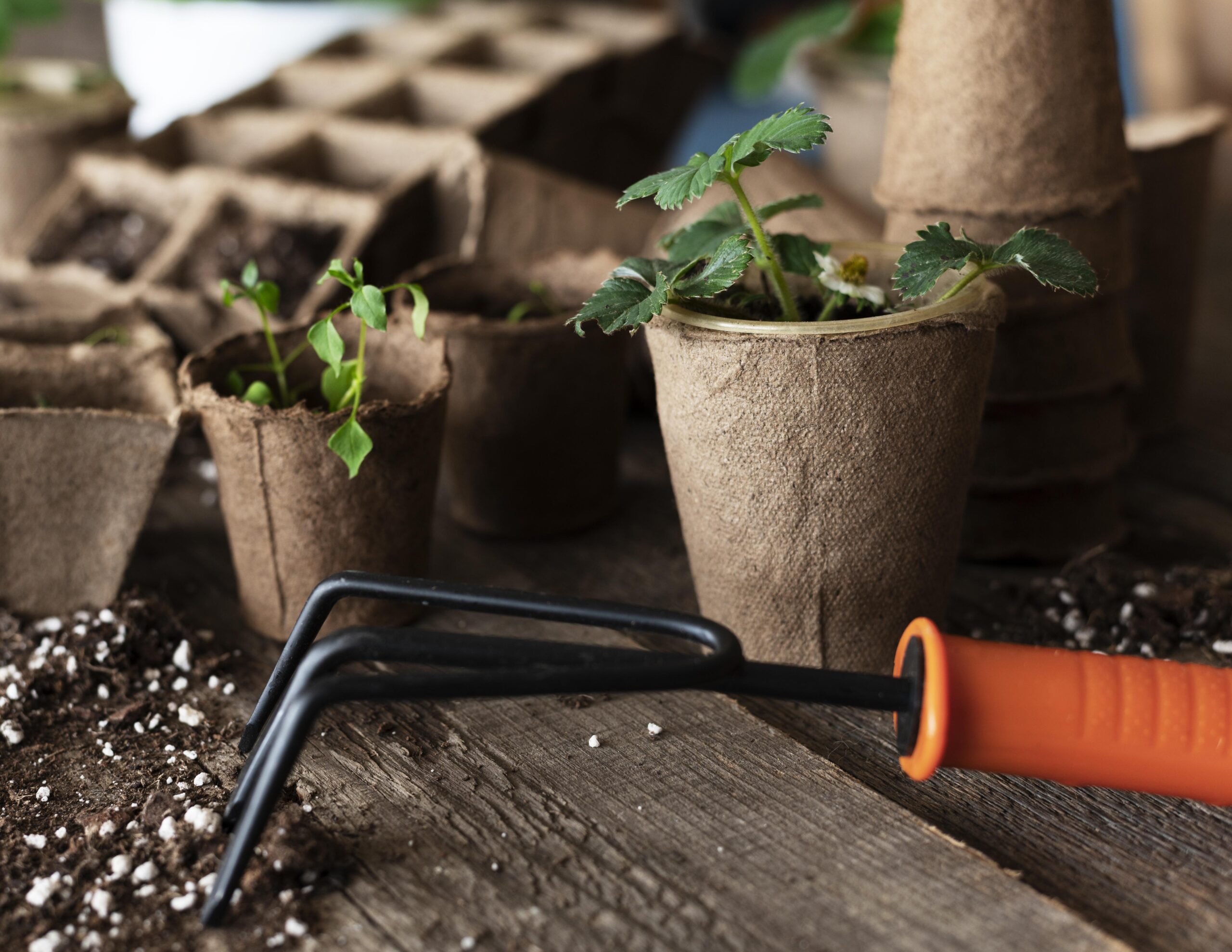
Herb plants are a great choice for growing indoors. The essential key is to understand the herbs’ growing requirements and provide them exactly what they need. Now, before discussing the type of herbs, there are a few important things you need to know about growing the best indoor herbs.
First of all, herbs need very strong light. Most people don’t know this. The more intense the light it gets, the stronger the flavors will produce. Growing them under a very bright light gives them the best flavour possible. You can learn more about temperature and humidity here.
In general, herbs need 6 to 8 hours of light. So, always place your pots in a bright, sunny window or any other location considered a “sunroom.” They’re the ideal location for growing herbs indoors.
Herbs prefer a slow, infrequent watering routine, if you’re using coconut fiber pots, they naturally support a slow water routine. And always let the planters dry out between watering.
To check the soil moisture, insert your finger at least 2 inches in the soil. If it feels dry at that depth, then watering is needed. But this depends on the size of your pot. Don’t worry about the soil being too dry. Even if the topsoil dries out quickly, there is usually enough moisture in the middle and bottom part of the soil.
Infrequent watering makes the roots grow deeper in the search for water. It is one way of ensuring that plants have a healthy root system. You should water two or three times per week, depending on your home’s humidity level.
For indoor gardening, it’s best to grow each herb in individual pots. Planting in separate pots gives best indoor herbs flexibility.
Now that you know the basics of indoor herb gardening, let’s discuss the 10 best herbs to plant at home.
Many gardeners love tulsi. It requires sufficient sunlight, so place the pot in the sunniest location in your home, around 24 degrees.
This herb is most famous for making medicinal remedies. Still, you can use it in dishes and vegetables. With enough lighting, you can harvest your tulsi in as little as six weeks.
You can either love or hate the taste of fresh coriander. Coriander has a strong aroma that makes it great for spicy recipes. It gives a good flavor to the dish, because of this property, coriander seed (Dhaniya) and the fresh leaves are an integral part of many Indian foods such as curries, chutneys, and salads.
Almost all the varieties of coriander are suitable for growing indoors. They prefer full sun or mild shade, so the ideal location is an eastern or southern-facing window. Harvesting can start in as little as 3 to 4 weeks.
Chives are a popular perennial herb. It comes from the same family as onions. Chives grow in clumps of shallow stems meant to be divided every three years. The taste of chive and its compact nature are the reasons why you need to add it to your herb garden. The crunchy texture makes this herb excellent for instant use.
Chives can be added to omelets, cheeses, and soups and used as toppings on baked potatoes. You can plant any chive variety indoors, but the Onion and Garlic Chives are the two most popular. Chives should be placed in areas with partial shade or full sun, like the southern or eastern-facing window. Compared to most herbs, chives like having moist soil. They are usually not ready for harvest until about 90 days after starting seed.
Oregano is a herb with mildly hairy greyish-green leaves in an oval shape. It has a bushy habit, a good herb for growing indoors. It can be used with garlic, lemon, and tomato-based dishes. The Oregano is the most known variety, growing 8 to 12 inches high under the right conditions. Like any herb, oregano enjoys direct sunlight. Place its pot in a sunny window for the best flavor and growth. Starter plants give a much quicker harvest than seeds. So, reconsider starting oregano from seeds.
Everyone is familiar with mint, but not everyone knows it is easy to grow indoors. Mint sprawls quickly, so keep it in a separate pot to avoid overcrowding the remaining herbs in your kitchen. You can use mint for various culinary purposes. It makes an excellent addition to beverages. Overall, there is no reason you shouldn’t have mint in your indoor herb garden. Mint enjoys partial shade or the morning sun. An east-facing window is just perfect for growing your mint. The herb also prefers moister soil like the Oregano, so you need to water and spritz it more frequently than other herbs. Buying the starter plants is the easiest way to add mint to your garden. It’s better than trying to grow it from seed.
Betel leaf or pan leaf plant is a significant part of India culture and is used in wedding ceremonies as a chewable herbal freshener. This evergreen perennial plant with heart-shaped leaves belongs to the pepper family and can be grown in hanging planters. Betel leaf plants prefer shade light which is perfect if your home doesn’t have direct sunlight.
Brahmi is a creeping herb that grows a maximum of about 7 inches. It requires half or full sunlight. Brahmi plants can be grown either from seed or stem cutting.
Aloe vera is an easy-to-maintain succulent that caters to health, beauty, and home decor all at once. Known extensively for its various uses,
the plant is also fondly called “the miracle plant.”This plant needs to be kept near a sunny window where it can get enough light.
A fern is a member of a group of vascular plants that reproduce via spores and have neither seeds nor flowers.
Ferns are the most commonly preferred plant in India. They need moderate levels of sunlight and moist soil to grow well.
Rosemary is a Mediterranean herb, meaning it prefers full sun contact. You can still keep it near a somewhat cooler location but never allow the soil to dry out fully before you water it.
This herb has a powerful, warm taste. It is a fragrant herb that can be added to any indoor garden. But you should plant as few as possible to prevent rosemary from overpowering the more delicate herbs with its strong fragrance. This plant grows up to 24 inches high. If you want rosemary in your indoor garden, consider buying new plants instead of starting seeds.
These lists of herbs are the most commonly grown in India. They’re highly recommended for coir pots.
Q1. What is the right temperature for indoor herbs?
A. Most herbs prefer a temperature of 18–24°C (65–75°F). To maintain healthy growth, they should not be exposed to extreme cold or heat.
Q2. Can I reuse coir pots after harvesting the herbs?
A. Yes, coir pots are reusable if they remain intact. To prevent contamination, Sterilise them and refresh the soil before planting new herbs.
Q3. How often should I prune my indoor herb plants?
A. Herbs need to be pruned regularly, about once every 1–2 weeks. Harvest herbs like basil and coriander require frequent pruning to maintain their flavour and appearance.
Q4. Can herbs survive without direct sunlight?
A. Some herbs like mint and betel leaf plants can grow in partial or indirect light, but most herbs grow best with 6–8 hours of direct sunlight.
Q5. What are the advantages of using coir pots for growing herbs?
A. Coir pots are Eco-friendly and biodegradable. They provide excellent drainage and prevent waterlogging. The major advantage is coir pots allow air circulation through their porous walls, which is great for a healthy root system.
Q6. How to avoid pests from indoor herbs?
A. Regularly check the plants for signs like aphids or spider mites. Use natural remedies such as neem oil sprays or soapy water to keep pests under control.
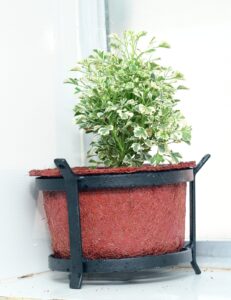

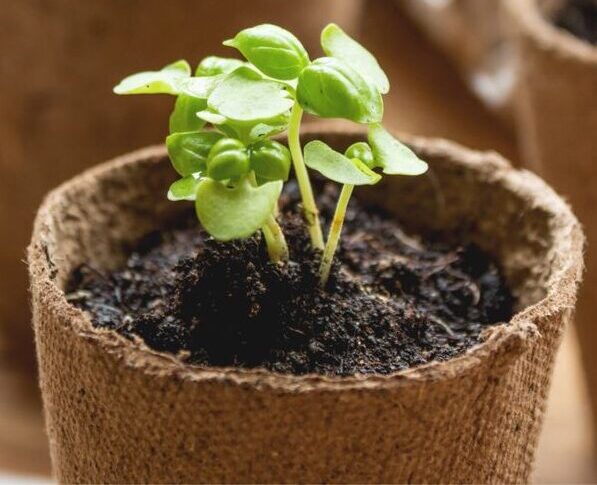
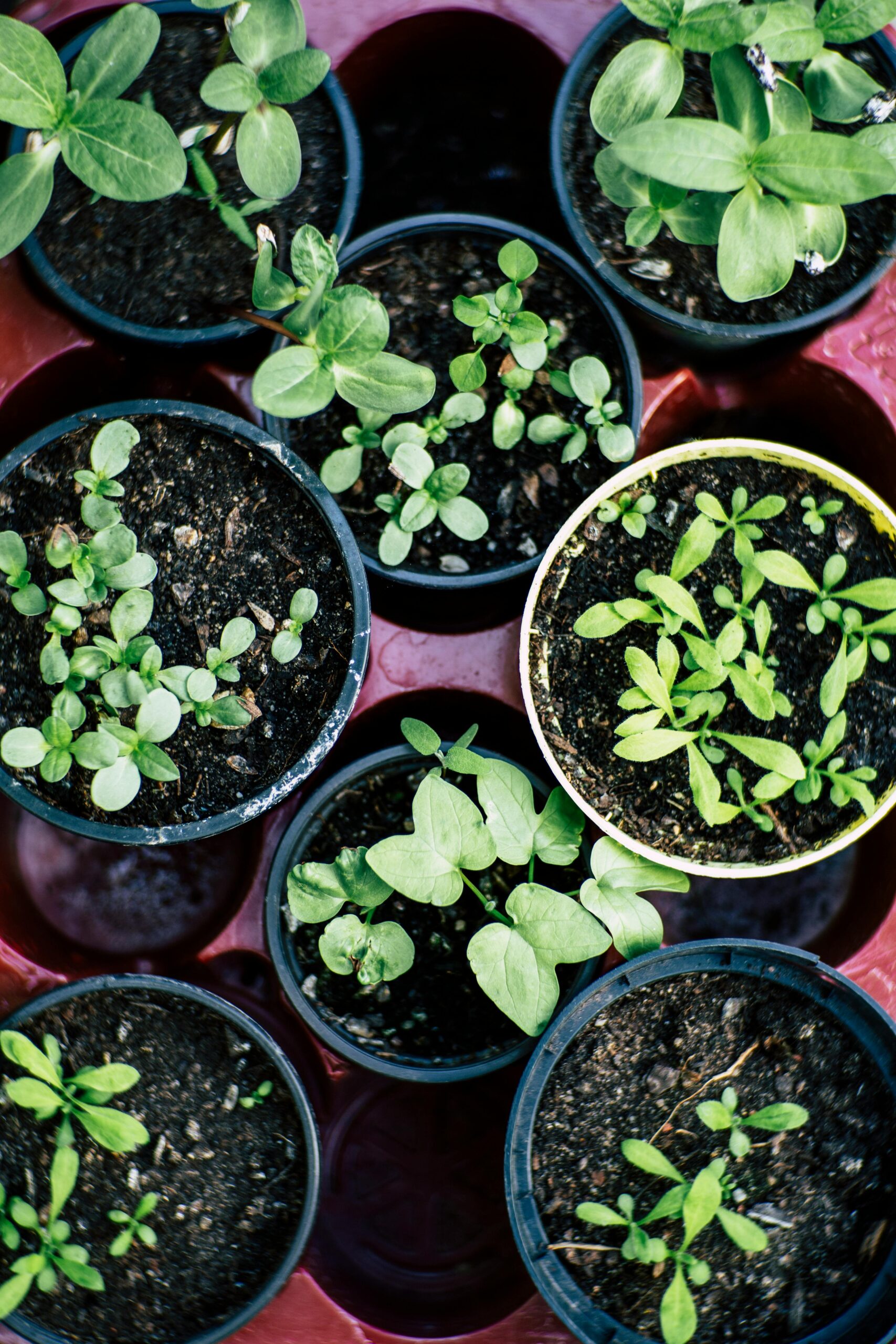
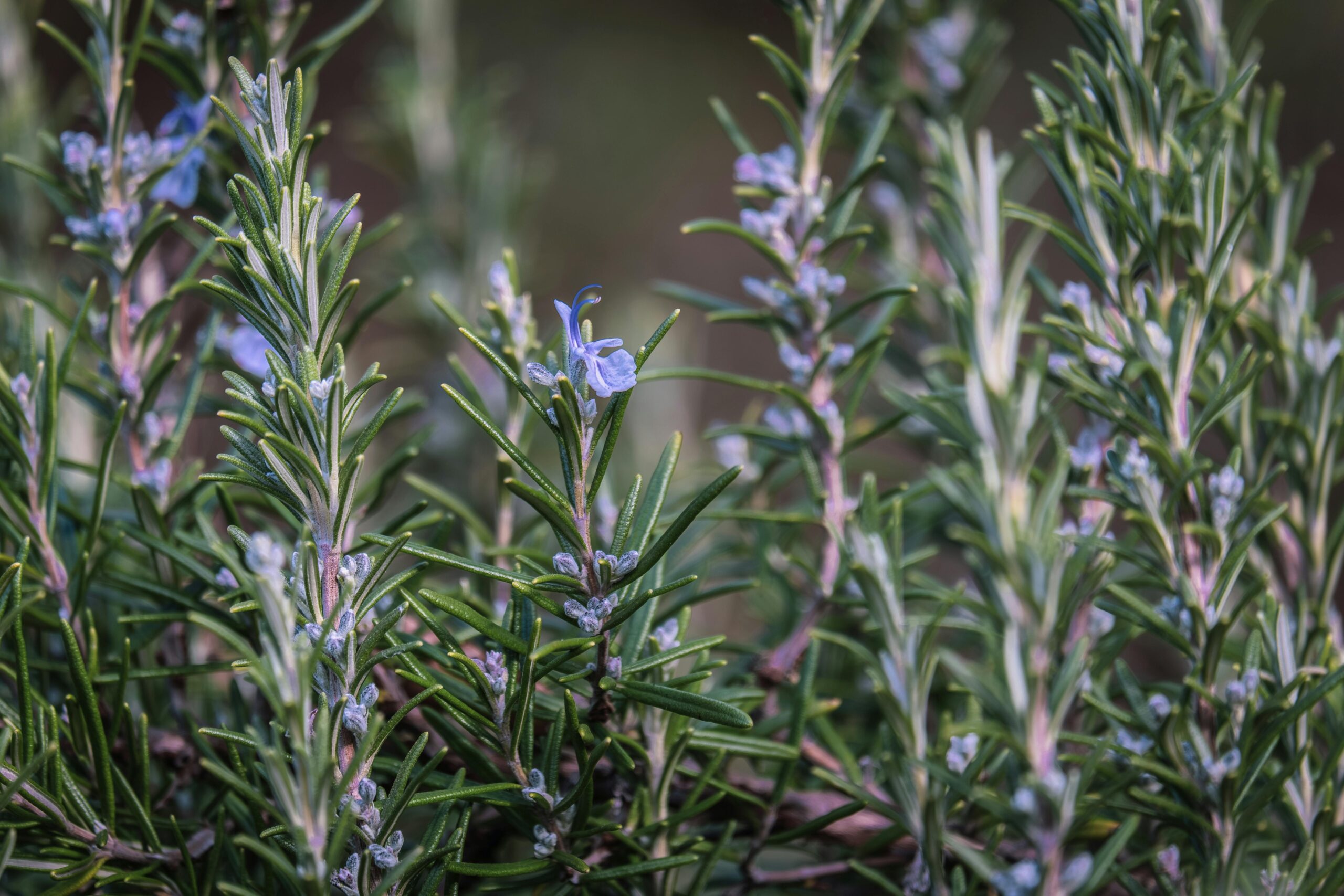
+91-7019960850
sanjeevinigarden@gmail.com
Sanjeevini Garden Products, KAN-4-36/2, Coastal Farms (formerly chicken) road, Padil-Kannuru, Mangaluru 575007
Copyright © All Right Reserved